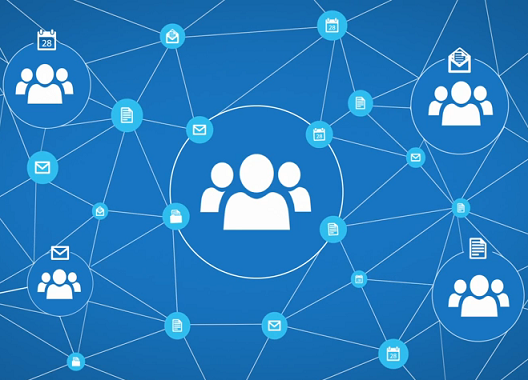Interlock IT recently had the pleasure of leading a Google Apps implementation for Imaginea Energy - a Calgary based oil and gas company. As Imaginea grew, they recognized their legacy storage, productivity, and email tools didn't reflect their open and transparent culture. Their closed environment made it difficult to collaborate together beyond very small teams so they started to look for a solution that was robust and powerful enough to mirror their vision. Google Apps for Work was their answer.
Within as little as four weeks, Interlock IT helped Imaginea Energy migrate email to Google Apps and transform into a highly productive and collaborative workplace. Flexibility to work remotely also allowed their employees maximum autonomy. Collaboration became seamless with Google Docs, Sheets, Slides, and Forms. Working offline became a possibility with immediate syncing upon network connectivity and Google Hangouts saved significant travel costs, enabling teams to spend more time on-site and less time driving. Since the implementation, Imaginea has become unstoppable and continues to grow rapidly.
Interlock IT loves saving customers the headaches and costs that accompany clunky outdated non-cloud platforms, and as anticipated, Imaginea was able to cut their IT costs in half! Interlock IT helped strategize the move of their legacy oil and gas applications from their traditional on-premise Windows servers to virtualized Windows servers on Google's Cloud Platform. Just see what Greg Bennett from Imaginea had to say, "At Imaginea, we defy industry stereotypes by focusing on Planet, People and Profit together. When you set out to reimagine an industry like oil and gas, achieving that vision is only possible with the right people and the right tools. The Interlock IT team led us through a smooth transition to a powerful, cost-effective, and secure collaboration suite. With Google Apps, we’ve set course to truly transform our business and the energy industry." Be sure to check out Greg's full blog post on the official Google for Work blog.
In recent years, the use of Google Apps has been growing steadily and capturing large chunks of the market. Businesses as well as consumers are increasingly considering Google Apps for meeting their productivity and collaboration needs. It's no secret that the markets are flocking to Google Apps and chances are that even your business or organization already uses at least one cloud-based application. Why not give Google Apps a try? As cloud experts, we've witnessed the repeated success of companies that embrace the Google platform. Industries ranging from energy to education and beyond are aware of the potential Google Apps brings to their respective trade. Contact Interlock IT today to learn how Google Apps can revolutionize your business workflow!



